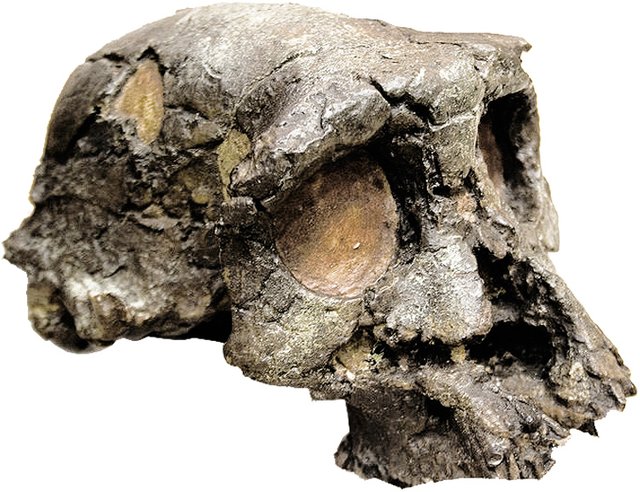RE: The Taung child the Australopithecenes rocky start.
Hi brother @gavvet
I hope you are well and you are all family
I also wish to visit you on my page and support me

In the early 20th century, the workers at limestone quarries in Southern Africa routinely uncovered fossils from the tufa formations that they mined. The tufa did not form consistently, and over time cavities were left open and they became beneficial areas for animals to take shelter in. As a result, many bones began to build up in these areas. These areas were mostly sandstone, and they stood in the way of successful mining. So, miners would use explosives to clear these areas, and discard all the debris. However, many fossils began to show up, and these were saved by many of the miners. Many were of extinct fauna, which included baboons and other primates, and the more complete or somehow more interesting fossils were kept as curiosities by the Europeans who managed operations
In 1924, workers at the Buxton Limeworks, near Taung, showed a fossilized primate skull to E. G. Izod, the visiting director of the Northern Lime Company, the managing company of the quarry. The director gave it to his son, Pat Izod, who displayed it on the mantle over the fireplace. When Josephine Salmons, a friend of the Izod family, paid a visit to Pat's home, she noticed the primate skull, identified it as from an extinct monkey and realised its possible significance to her mentor, Raymond Dart
Salmons was the first female student of Dart, an anatomist at the University of Witwatersrand. Salmons was permitted to take the fossilized skull and presented it to Dart, who also recognized it as a significant find. Dart asked the company to send any more interesting fossilized skulls that were unearthed. When a consulting geologist, Robert Young, paid a visit to the quarry office, the director, A. E. Speirs, presented him with a collection of fossilised primate skulls that had been gathered by a miner, Mr. De Bruyn. A. E. Speirs was using a particular fossil as a paperweight, and Young asked him for this as well. Young sent some of the skulls back to Dart.[4] When Dart examined the contents of the crate, he found a fossilized endocast of a skull showing the impression of a complex brain. He quickly searched through the rest of the fossils in the crates, and matched it to a fossilized skull of a juvenile primate, which had a shallow face and fairly small teeth
Only forty days after he first saw the fossil, Dart completed a paper that named the species of Australopithecus africanus, the "southern ape from Africa", and described it as "an extinct race of apes intermediate between living anthropoids and man".The paper appeared in the 7 February 1925 issue of the journal Nature The fossil was soon nicknamed the Taung Child.